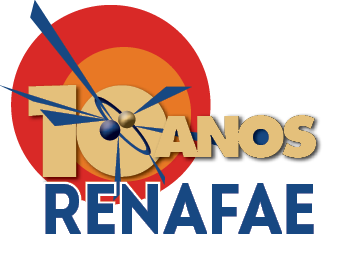Speaker
Description
One of the most important experimental programs that will address some of the open questions in neutrino physics is the Deep Underground Neutrino Experiment (DUNE). It will be the frst mega-science project on the US sole, that actually involves more than 1000 physicists. It will allow to shade light on the CP violation in the leptonic sector, on the mass hierarchy of neutrino masses and on the octant of θ23. The DUNE foresees the realization of a neutrino beam and of a near detector, both located at Fermilab (USA) and of a gigantic far detector based on the technology of liquid argon time projection chambers that will be installed at the Sanford Underground Research Facility in South Dakota, 1300 km faraway. Moreover the huge active mass of the far detector will allow to develop a rich program of non accelerator physics that includes the search for proton decay, the detection of supernova neutrinos and of atmospheric neutrinos.
The photon detection system is a fundamental component of the far detector, which will be used for timing, triggering and to improve the energy resolution of the detector for low energy events. Its baseline design is based on a device totally conceived in Brazil, the ARAPUCA. Its operating principle is based on the combination of active silicon photon sensors with a passive collector. The latter allows to increase the efective detection e ciency of the active sensors by trapping the photons inside an highly reeective box.
The Brazilian efort in developing and designing the Photon Detection System of the DUNE experiment will be illustrated.




